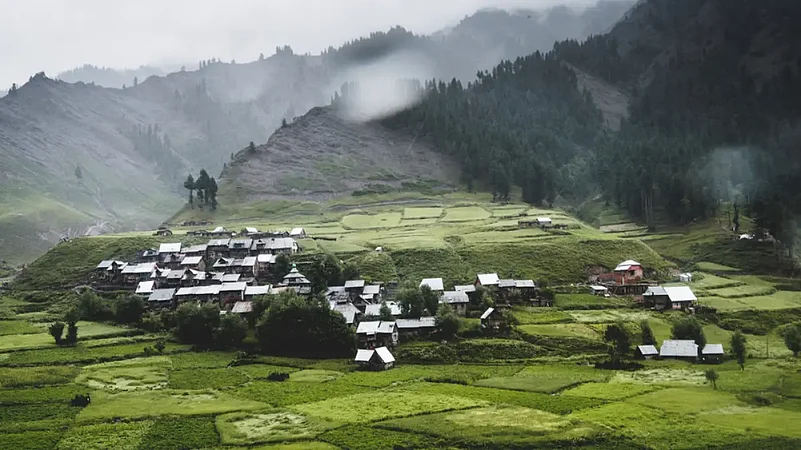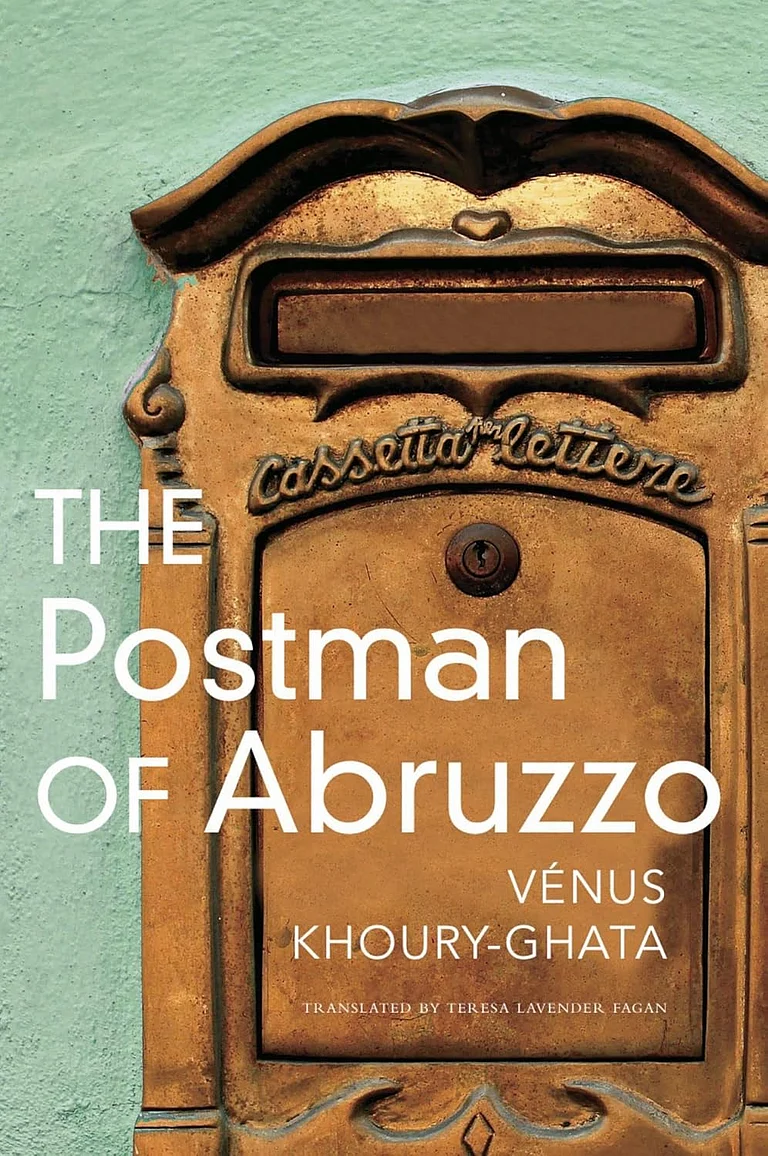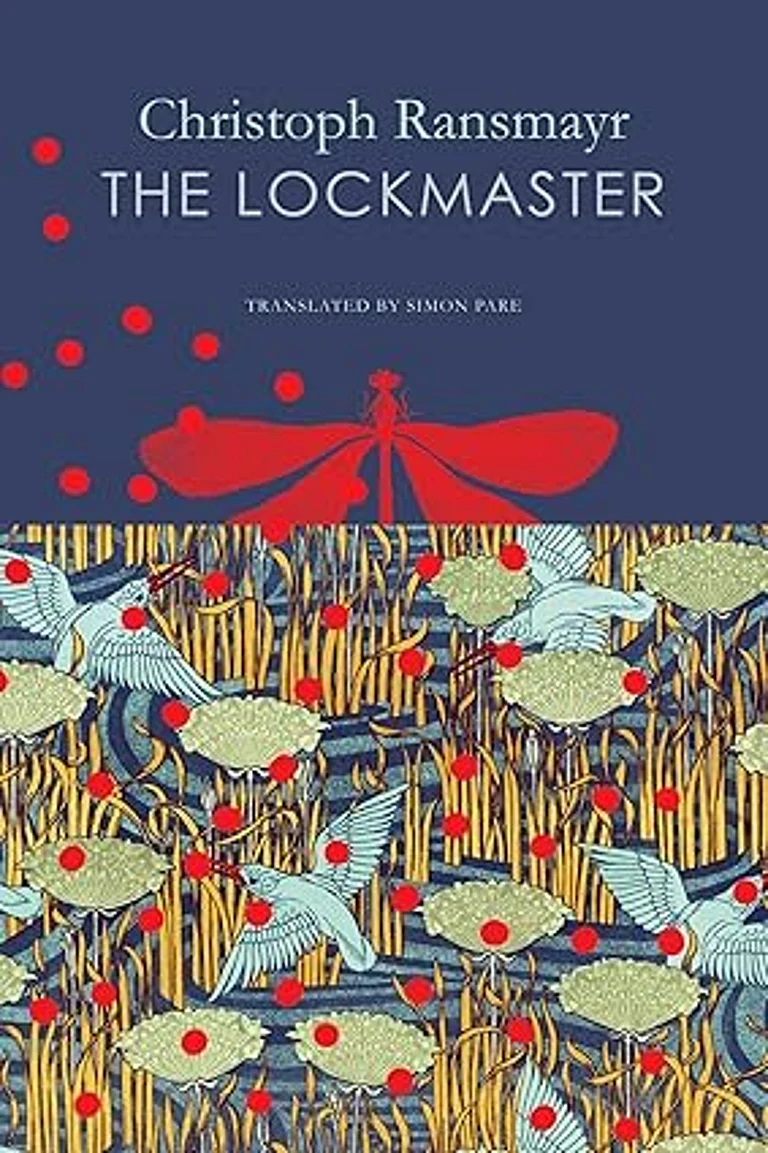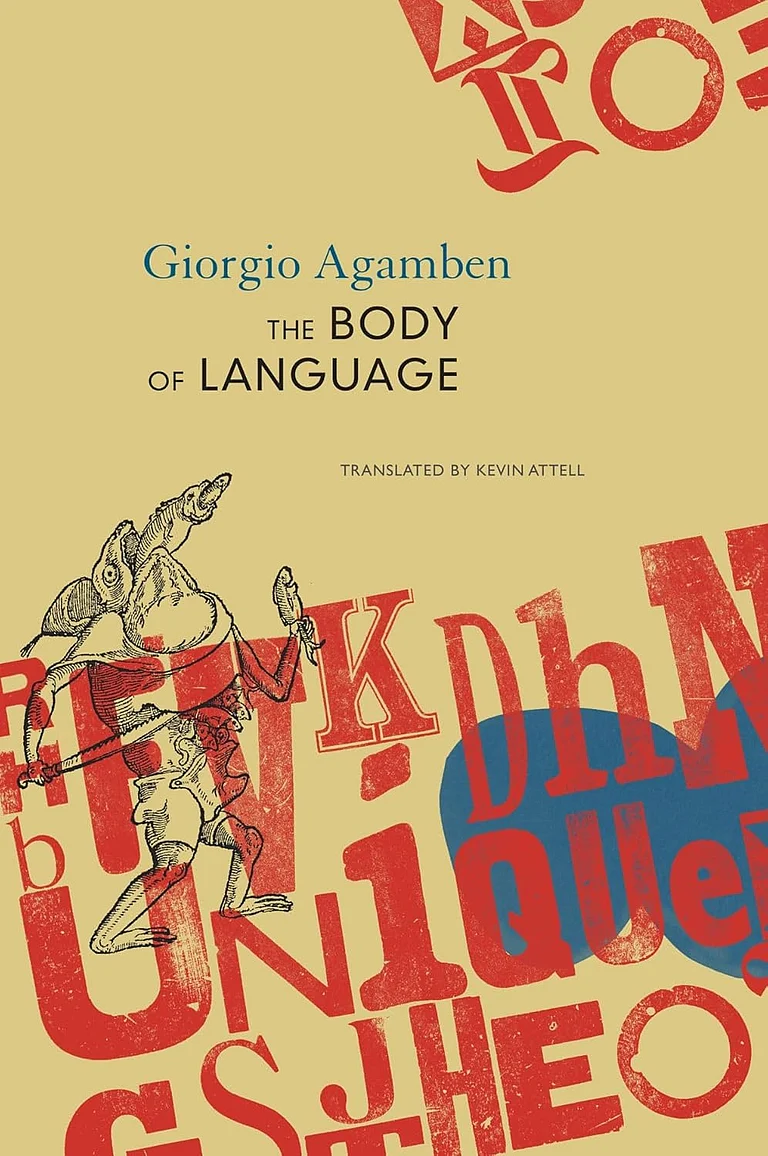The flight from Delhi is on time and I’m soon out of the airport and speeding to the Tourist Reception Centre (TRC) to collect that precious permit which will transport me to Kashmir’s legendary Gurez Valley, where I’m told the likes of Pandit Jawaharlal Nehru, Indira Gandhi and Franklin D Roosevelt (before his Presidency days) went riding and trekking. With memories of such august company in its glory days (in the pre-Partition era) to buoy me up I’m thrilled to bits that the government has opened up this remote valley for tourists again.
A quick update: You don’t need a permit now to visit!
Dr Alyas, Ast Director Tourism Gulmarg, a Gurezi himself, under whose purview the promotion of the now peaceful Gurez falls, has so kindly helped me make all the arrangements for my trip…Right from guiding me about the permit, finding me a reliable driver (I’m travelling alone), my accommodation, and of course my itinerary. Believe you me, as a first timer you will really come to appreciate all this mollycoddling travelling through this remote region, secured by our soldiers every step of the way.
At the outset suffice to say that there is no way a tourist would be allowed to travel here if the army had not given the go-ahead. Of course, there are security checks along the way from Bandipore, but if your papers are in place and it’s clearly evident you are here as a tourist they just make an entry and wave you along. Gurez and Talial, in the short months they are free of snow (June-September), not only offer tourists an amazing journey through the gorgeous inner Greater Himalaya, but also an opportunity to explore the culture one of Kashmir’s oldest tribal peoples the Shina - speaking Dards, who were cut off from their fellowmen across the LOC at Astore, Gilgit and Chilas. The endangered Shina tongue is spoken exclusively in the valleys and in its ancestral parts of Baltistan and Gilgit. The Shina tribe of Dards is also found in Drass in Kargil district, Ladakh.
In addition to its cultural offerings the government is taking cautious steps to make the valleys an attractive adventure tourism destination with trekking, camping
and fishing as added allurements.
High Road to Gurez
Leaving the mayhem of HMT Chowk behind we set off for Bandipore where the soft spoken Mustaq, my driver gets the permit okayed at the checkpost. It’s a cool and clear morning with blue skies offsetting the snow crested fangs of the Pir Panjals. From a lookout by the roadside Wular Lake, Asia’s biggest freshwater lake is a vast haze of greyish blue. I stretch out the kinks of the journey amongst the landscaped expanses of the Wular Gardens, mercifully free of picknicking families so early in the day.
Perfect as a pit stop…you won’t find many on the way up the mountains. The road is showing the effects of the melted snows as we rattle our way up the stiff climb to Tragbal (400ft) with its sheltering firs and soft mountain breezes. The dhaba here offers anda-toast and traditional kahwa to perk you up. From here the view of the great mass of Wular with the magnificent backdrop of the Pir Panjal peaks catches your breath. To the left the Great Himalaya starts showing its awesome jagged pearly teeth. And before we know it we are zig-zagging our way up and down those snow-felted flanks. The Border Roads Organization (BRO) keeps the highway clear so we have it fairly easy…But the winters are brutal in these parts; tons of snow keeps Gurez completely cut off from the rest of the country for practically half the year. Only the occasional helicopter sorties provide essential services.
At 11,672ft (my heart’s in my mouth, yet I’m speechless with delight at the awesome snowy vistas!) we are driving between the 10 foot- high ice walls of the narrow reaches of Rajdhan Pass. So beautiful in its snowy splendor— but so dangerously treacherous in a blizzard, this pass over the Shamshabari Range connects Gurez with the rest of Kashmir. Rajdhan, in a way, also marks the divide between the two regions on geographical, socio-cultural and linguistic landscapes. I almost miss sighting the holy Harmuk Peak to the right as we work our way out of the pass. From Rajdhan one road leads off to Pakistan-controlled Chilas. We veer off to the one taking us to the frontier area of Gurez, which falls along the ancient Silk Route that connected Kashmir Valley to Gilgit and the rest of Central Asia.
Bowling along the tight mountain road awash with snowmelt, we arrive at Kunzalwan (surmised from inscription discovered in the valleys north of Gurez along the Silk Route to be the site of the last Buddhist Council held between the 1st and 2nd centuries CE) where engineers are busy on the diversion tunnel for the waters of the Kishanganga River to the Wular Lake at Bandipore. The controversial 330-MW hydro-electric project will be sited at the Wular Barrage. The river, originating from the Drass area, gathers momentum at Koubal on the Indian side; numerous tributaries join it on its journey through the valleys. One of them is the Burzil stream from Pakistan. The tumultuous confluence of the two is near the Brigade Camp near the Tourist Bungalow, where I’ll be staying in Dawar, Gurez. The Kishanganga eventually debouches into the Neelam Valley, across the actual LOC. For adventure buffs and explorers in the Raj-era of the mid-
20 th century, the Srinagar-Bandipora-Gurez route to the Neelam Valley was also the easiest access point for Nanga Parbat, before India and Pakistan, post-
Independence, firmly secured their borders.
Forest clad slopes set against the ranks of snow peaks hurtle past as we enter the verdant bowl of the Gurez valley for Dawar. These great mountains, home to snow leopard, hangul, musk deer, markhor and are legendary for their botanical wealth; the medicinal herbs and plants grown here have traditionally been very handy for the Dards. The crystalline Kishanganga falls on my left, but my eyes are drawn to the great pyramid-shaped mountain that straddles the valley separating it from Talial— Habba Khatoon (Zoonie), named after the legendary poetess, is said to have stolen the heart of the highly cultured Kashmiri king Yousuf Shah Chak (1580-86).While he was imprisoned by Akbar she roamed these parts yearning for him. Legends abound that the king married her.
Ponies are fattening themselves on the lush grasslands. Gurez’s ponies and horses were much treasured for their sturdiness. Gurez used to be an important staging post for expeditions to the British garrison at Gilgit and trade route to Kashghar.
Concertina wire marks the route of the army presence to Gurez all the way from Bandipore, ‘eloquently’ reminding you that you are travelling along the borderlands. At Dawar I am warmly received by Sonaullah Akhoon, a retired school teacher who works with the JKTDC guesthouse, located near the Brigade Camp. Up on the lofty ridge is silhouetted a lone soldier standing at the picket facing our ‘friendly’ neighbour’s side.
After a late lunch, following the old Gilgit Transport Road, in 20 minutes we reach the last village, Chorwan/Sandyal, on the Indian side of the LOC. A solider at the checkpost steps up, asks us our business and firmly but politely tells us we can go no further. The first village on the Pakistani side (once a part of undivided Gurez), is less than 15 minutes away. Standing at the checkpost…looking longingly at the rough road snaking off behind him to the Burzil Pass for Astore-
Gilgit and on to Central Asia I’m reminded that I was wandering around places which were part of the playing fields of The Great Game — that tussle for supremacy between the British and Tsarist Russia for the trade with Central Asia and security of India…that great gem in the crown of Victoria’s England. Not only was this road important for trade,it was also critical for the defense of the English garrison town of Gilgit.
Disappointed I return, past the village where the kids are at play while their parents are out preparing their small fields for the new crops. Those with bigger plots use tractors, but mostly it’s with the traditional bullocks. I find a woman digging by the roadside. I look closely and find she’s recovering the potatoes she has stored deep in the earth at the beginning of the long hard winter. Life’s tough here. Living in isolation for six months you need to stock up food, fodder and fuel. Even then the work and the worry don’t stop—you need to clear the snow as fast as its falls (10 -20 ft high at times) in the lanes, on your house, your shop. All this… but life goes on…
Exploring Talial Valley
Gurez not only connects Kashmir to Gilgit it also links it to Drass in Ladakh, and next morning finds us bright-eyed and bushy-tailed sweeping along the mountain road behind the Habba Khatoon into the Talial Valley. The narrow valley opens up with clusters of traditional mud and log Dard habitations clinging to the hillsides on either side of the river, under the shadow of the towering snow peaks against a blazing blue sky. We are hoping to get to Chakvali the last village that joins the beginning of the Drass Road. An ambitious attempt given the weather changes in these remote parts! So we follow the patchy mountain road past village after village with their curious but friendly folk. Barnai, Kashpat, Zedgay, Purana Tilial, Danghithal, Sheikhpura, Gobaz. Here a smiling soldier tells us he’s homesick for Benaras…elsewhere a gruff Sikh army officer from Hoshiarpur offers us tea and khatir… Bihari labourers are chilling by the roadside where they’ve strengthening the river bank…
Neeru emerges next with its helipad… Badugam with its higher secondary school (64 per cent literacy in these valleys), past the water mills and on to Buglunder where—we get stuck in the deep mud. We hadn’t counted for the slush created by the snowmelt and the JCBs at work—And so the giggling children, the lady carrying home a plank of wood and the men push and they puff—and get us out with a great sucking sound…Yech!!! And so onward we bound for Gundugul Sheikh where a tourist officer on leave gives us lunch at his home.
Hungry as horses we tuck into rajma-chawal, Dard-style chicken and boiled eggs–all washed down with good strong tea and gulab jamuns. We need to take a call —Shall we go on? But we could get stuck again! Not a good idea when darkness descends. And so its goodbye to Chakvali…Maybe next time. The journey is the destination…. And Gurez and Talial reveal that’s beyond clichés.
The Information
When to go
June to September
Where to stay and eat
Your best option is the clean and comfortable TRC Bungalow. TRC Gurez offers 5 guestrooms and 2 dorms, apart from several log huts cottages. Warm bedding, hot water are available, but for your meals head for Noorani restaurant in the village.


























